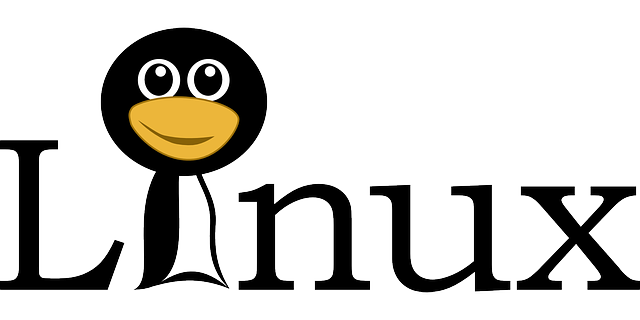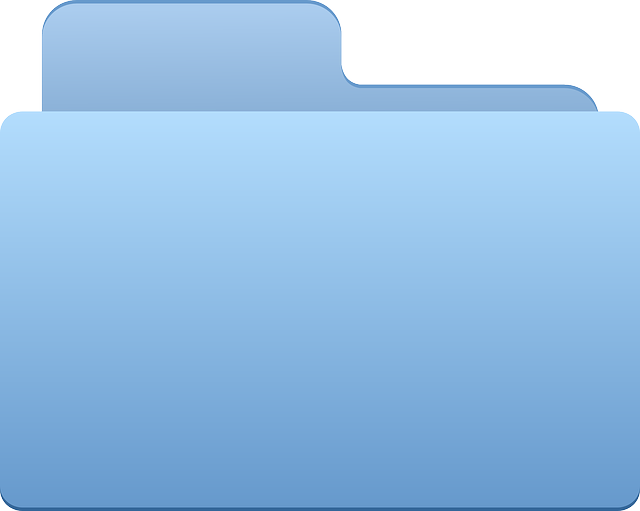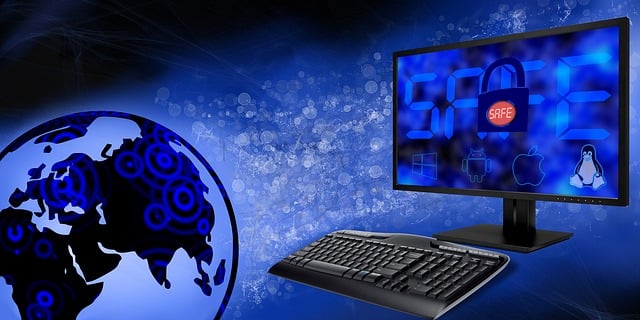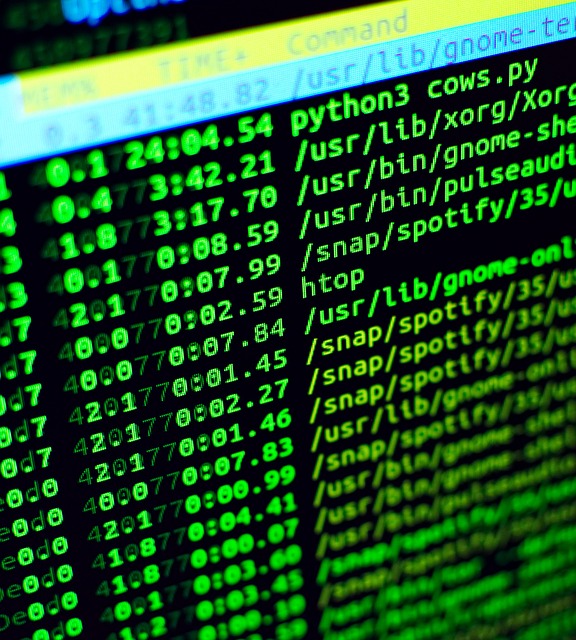Linux for Healthcare Providers is a highly adaptable and secure operating system that excels in managing diverse healthcare data across various hardware configurations. Its non-proprietary nature ensures it can run efficiently on everything from sophisticated servers to IoT devices used in patient monitoring. This versatility allows healthcare providers to integrate advanced technologies without the need for new hardware, and to benefit from continuous improvements and tailored solutions via open-source contributions. Linux is particularly cost-effective and hardware-agnostic, making it a sustainable choice for delivering healthcare services. It offers robust security features to protect sensitive patient information, fine-tunes performance for critical applications like electronic health records (EHR), and works seamlessly with existing systems. These attributes ensure a scalable and efficient framework that meets the complex needs of modern healthcare operations. Linux's modular design supports easy updates and expansions, minimizing downtime and maintaining continuous service. Overall, Linux for Healthcare Providers is a secure, adaptable, and community-supported solution that enhances the efficiency and effectiveness of healthcare IT infrastructure.
Linux’s adaptability emerges as a pivotal asset in healthcare, particularly when managing diverse hardware configurations. This article delves into strategies that healthcare providers can employ to harness Linux’s flexibility, optimize performance, and ensure secure operations across a spectrum of devices. From streamlining data management to promoting interoperability in mixed-hardware settings, the insights offered here underscore the transformative role of open-source solutions in building scalable IT infrastructures for healthcare.
- Leveraging Linux's Flexibility for Diverse Healthcare Infrastructures
- Optimizing Performance Across Varied Hardware in Healthcare Environments
- Ensuring Secure and Reliable Operations on Different Devices with Linux
- Streamlining Data Management and Interoperability in Mixed-Hardware Settings
- The Role of Open Source Solutions in Scalable Healthcare IT Infrastructure
Leveraging Linux's Flexibility for Diverse Healthcare Infrastructures

Linux’s inherent flexibility makes it an ideal choice for healthcare providers who need to support a wide array of hardware configurations. Unlike proprietary operating systems that may be tied to specific brands or models, Linux operates seamlessly across various devices, from high-end servers to low-power IoT devices deployed in patient monitoring systems. This adaptability ensures that healthcare infrastructure can leverage the latest advancements without being constrained by outdated or costly hardware upgrades. Moreover, Linux’s open-source nature facilitates a robust ecosystem where continuous improvements and customizations are possible, catering to the unique workflow demands of healthcare environments. For instance, Linux for Healthcare Providers can be tailored to enhance security features, optimize performance for critical applications like electronic health records (EHR), and integrate with legacy systems, thus providing a reliable and scalable platform that addresses the diverse needs of modern healthcare infrastructures. The ability to run on any hardware also means that healthcare providers can choose cost-effective solutions without compromising on quality or functionality, ultimately leading to more sustainable and economical healthcare delivery systems.
Optimizing Performance Across Varied Hardware in Healthcare Environments

In healthcare environments, the integrity and continuity of data are paramount, especially when managing patient information and critical diagnostic data. To this end, Linux for Healthcare Providers has emerged as a robust solution for maintaining optimal performance across varied hardware configurations. The adaptability of Linux operating systems ensures that healthcare providers can deliver consistent service levels, regardless of the underlying system specifications. This is particularly crucial in environments where outdated or diverse equipment may coexist with state-of-the-art systems. Linux’s lightweight nature and resource efficiency make it an ideal choice for older hardware, enabling these systems to run efficiently without compromising performance. Moreover, the open-source nature of Linux facilitates a high level of security, an essential aspect in safeguarding sensitive healthcare data. With its broad range of compatible software applications and drivers, Linux for Healthcare Providers offers scalability and reliability, ensuring that medical professionals can focus on patient care rather than technical issues.
Healthcare organizations often face the challenge of integrating new technologies into existing infrastructure without disrupting services. Linux’s versatility allows healthcare providers to deploy consistent healthcare applications across different hardware configurations, from high-performance servers to less powerful end-user devices. This uniformity in deployment simplifies maintenance and support, reduces training time for staff, and ensures that all users have access to the same level of care and information management tools. Additionally, Linux’s modular design means that systems can be easily updated or expanded with minimal downtime, which is critical for healthcare environments where uptime directly correlates with patient care quality. By leveraging Linux for Healthcare Providers, organizations can optimize their performance across varied hardware configurations, thereby enhancing the overall efficiency and effectiveness of their operations.
Ensuring Secure and Reliable Operations on Different Devices with Linux

In the realm of healthcare, the security and reliability of operations are paramount. Linux offers a robust and versatile solution for healthcare providers who manage diverse hardware configurations. Its open-source nature ensures that healthcare systems can receive regular updates and patches to address any vulnerabilities promptly. The adaptability of Linux means it can run smoothly across an array of devices, from high-end servers to older workstations, providing a consistent and secure environment for sensitive patient data. This uniformity in operation is crucial for maintaining uninterrupted healthcare services, as it allows healthcare providers to focus on patient care rather than technical issues. Furthermore, the extensive range of compatible hardware means that resources can be allocated more efficiently, with the assurance that all devices meet the necessary security protocols without compromising performance.
The modularity and flexibility of Linux distributions also facilitate tailored solutions for healthcare environments. With options to customize configurations to match the specific needs of medical equipment and software applications, Linux ensures seamless integration and compatibility across various devices. This is particularly important in healthcare, where uptime and data integrity are non-negotiable. By leveraging Linux’s secure and stable foundation, healthcare providers can confidently manage patient information, run diagnostic tools, and perform administrative tasks with the assurance of a consistently high level of security and reliability.
Streamlining Data Management and Interoperability in Mixed-Hardware Settings

In healthcare environments, where a variety of hardware is often deployed to accommodate different tasks and preferences, streamlining data management and ensuring interoperability are paramount for efficient operation and patient care. The integration of Linux for Healthcare Providers within these settings presents a robust solution due to its versatility, security features, and cost-effectiveness. Linux’s open-source nature allows for tailored configurations that can seamlessly interact with diverse hardware components, from medical imaging devices to electronic health record systems. This adaptability ensures that healthcare providers can leverage the full potential of their hardware infrastructure without being constrained by compatibility issues. Furthermore, Linux’s strong support for various data formats and protocols facilitates interoperability across different systems, enabling seamless data flow and real-time information access, which are crucial for timely patient diagnoses and treatment plans. The implementation of Linux in healthcare settings not only enhances the security of sensitive patient data but also supports a scalable and future-proof IT environment that can accommodate new technologies as they emerge. This approach to data management within mixed-hardware settings is instrumental in maintaining high standards of care and operational efficiency.
The Role of Open Source Solutions in Scalable Healthcare IT Infrastructure

linux-for-healthcare-providers play a pivotal role in constructing scalable healthcare IT infrastructure, particularly when it comes to supporting diverse hardware configurations. Open source solutions, such as Linux for Healthcare Providers, offer a robust and flexible foundation that can seamlessly integrate with a wide array of medical devices and systems. The adaptability of these open-source platforms ensures compatibility across various hardware environments, from legacy systems to the latest IoT-enabled healthcare apparatuses. This versatility is crucial for healthcare facilities aiming to maintain an up-to-date technological ecosystem without being constrained by proprietary software limitations or exorbitant licensing fees. Moreover, the collaborative nature of open-source development means that healthcare providers can benefit from continuous updates and security enhancements provided by a global community of contributors, thereby safeguarding patient data and maintaining operational efficiency. The use of Linux for Healthcare Providers not only facilitates cost-effective IT management but also supports interoperability standards that are essential for the exchange of medical data across different systems, ultimately improving patient care and outcomes.
Linux’s adaptability stands as a cornerstone in empowering healthcare providers to effectively manage diverse hardware configurations. The strategies outlined—from optimizing performance to ensuring secure and reliable operations, and streamlining data management across varied devices—highlight the potential of Linux to revolutionize healthcare IT infrastructure. By embracing open-source solutions, healthcare facilities can achieve scalability and interoperability, paving the way for improved patient care and operational efficiency. As the healthcare sector continues to evolve with technological advancements, Linux for Healthcare Providers remains a pivotal asset in meeting the demands of a dynamic environment, underscoring its role as an indispensable tool in modernizing healthcare systems globally.


























